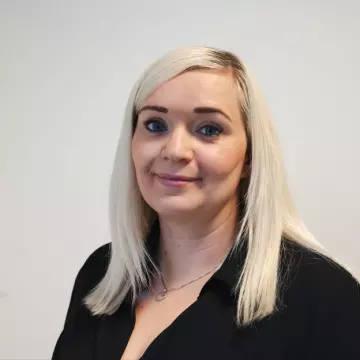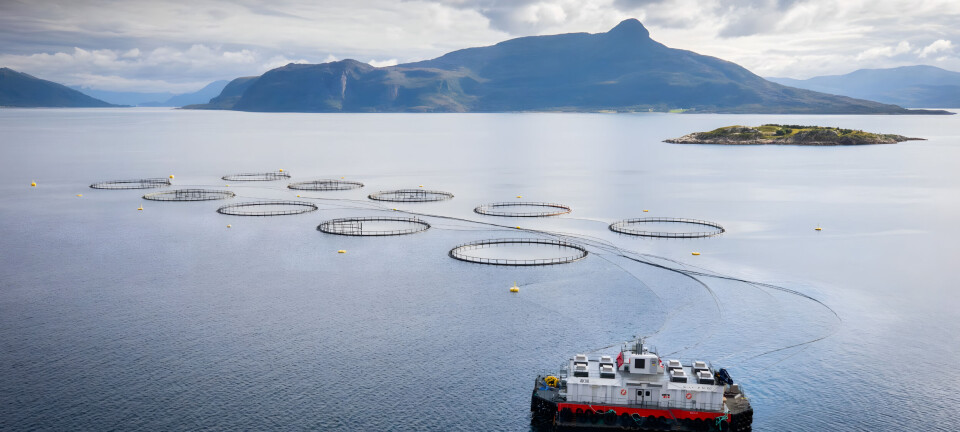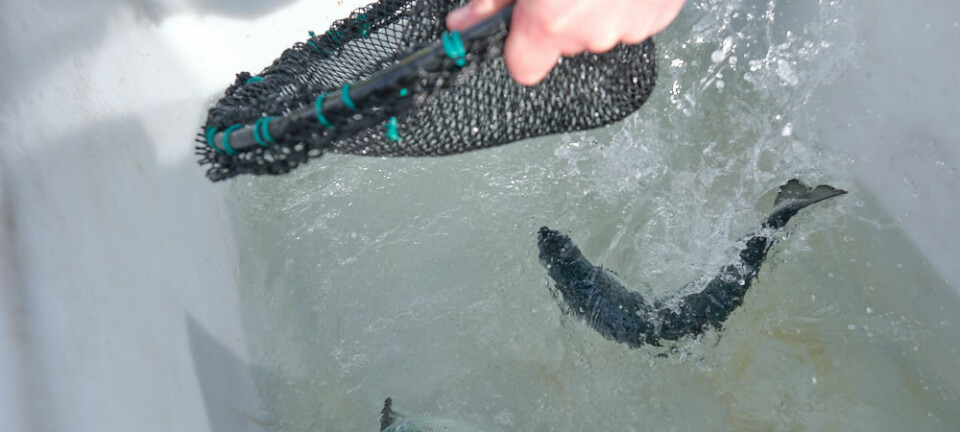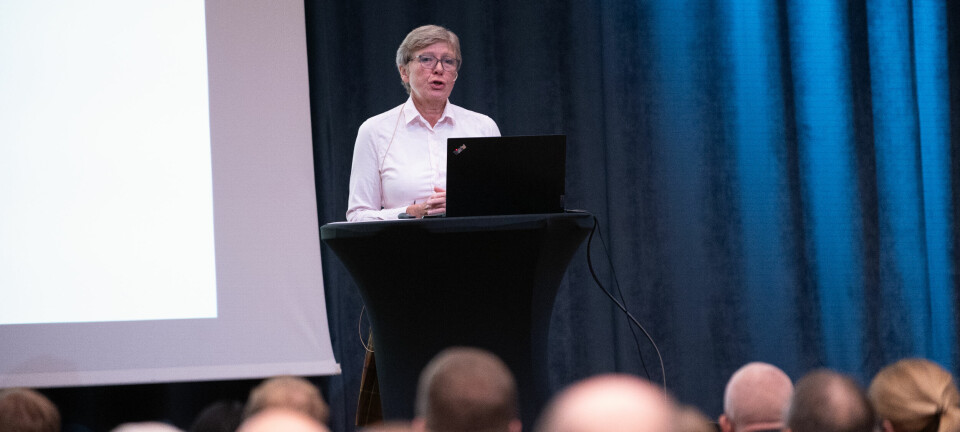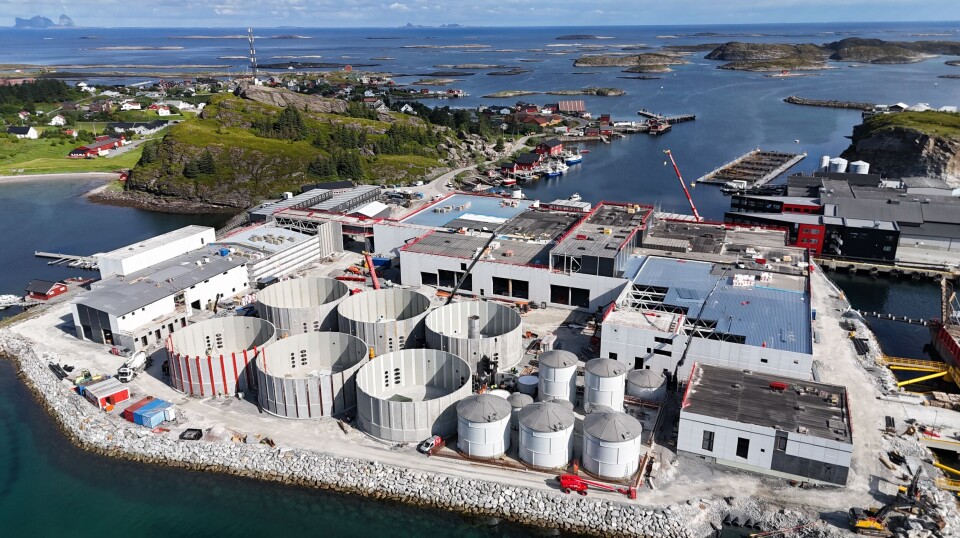
How land-based tanks and technology will improve welfare at slaughter
Nova Sea and Baader are ensuring an efficient, automated end for fish at plant in Norway
Land-based holding tanks will ensure more gentle treatment for salmon at a state-of-the-art processing facility being built for Norwegian fish farmer Nova Sea, the manager of the project has said.
Espen Gleinsvåg told Fish Farming Expert’s Norwegian sister site, Kyst.no, that six large holding tanks with a total capacity of 2,050 tonnes of salmon, will replace traditional in-sea holding pens.
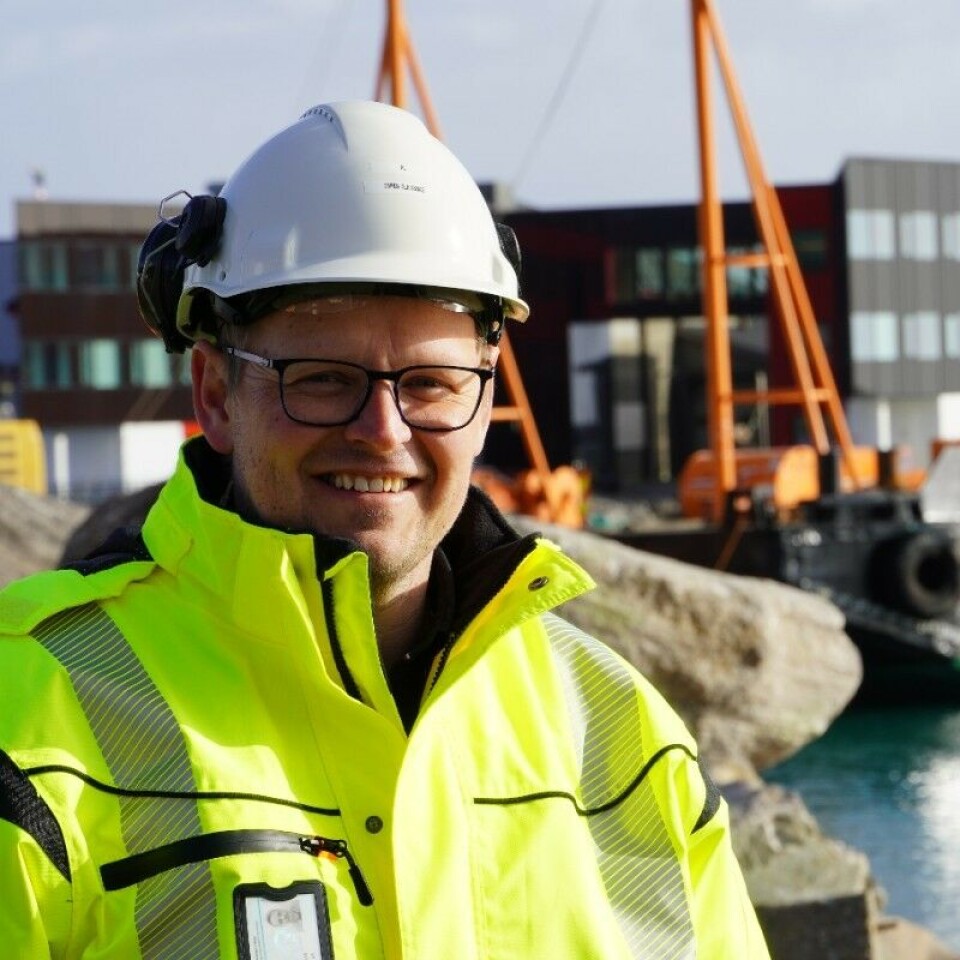
The tanks, which link to a first-of-its-kind processing technology package from Baader, provide better biosecurity and ensure more gentle treatment of the fish before slaughter.
Baader describes its processing technology as a complete solution, from stun-and-bleed to finished fish packaging.
“The stun-and-bleed system has automatic ‘swim-in’ for the fish, and has bleeding and cooling tanks, with automatic feeding to the gutting department. This is the first project we are delivering this technology to – which is a completely new Baader technology,” sales manager Kjell Arthur Lind-Olsen told Kyst.no.
Each fish is tracked
The technology makes it possible to track each individual fish throughout the entire process. The data can be linked back to feeding regime, disease, site impact and more. The tracking goes all the way down to each individual fish, and back to site, wellboat, smolt facility, and egg stock.
At the facility, the fish are automatically sorted for fillet production or head on gutted (HOG), based on damage, size and quality factors. All information follows the fish.
“If a customer in Spain complains about a box, we can find the picture of each individual fish in that box and assess the complaint,” says Lind-Olsen.
To ensure consistent quality and high throughput, cameras and machine learning are used to assess the fish. This provides a consistent assessment, unlike manual inspection which can vary from person to person.
Automated slaughter
Stunning, killing and bleeding are carried out fully automatically for the best possible quality. The entire process is controlled through software developed by Baader Logistics in Denmark.
The facility is designed for 150 fish per minute, with the possibility of expansion.
“If the average weight is four kilograms per fish, that gives 600 kilograms per minute, 36 tonnes per hour and 280 tonnes per shift. If the fish is six kilograms, it will be more, and if it is two kilograms, it will be less,” says Lind-Olsen.
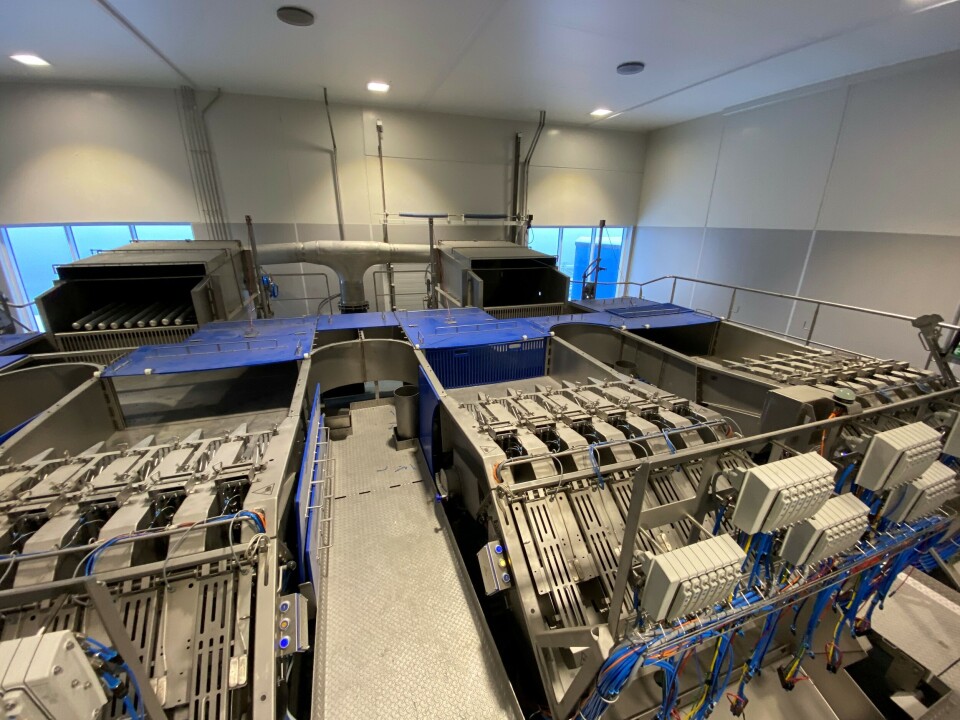
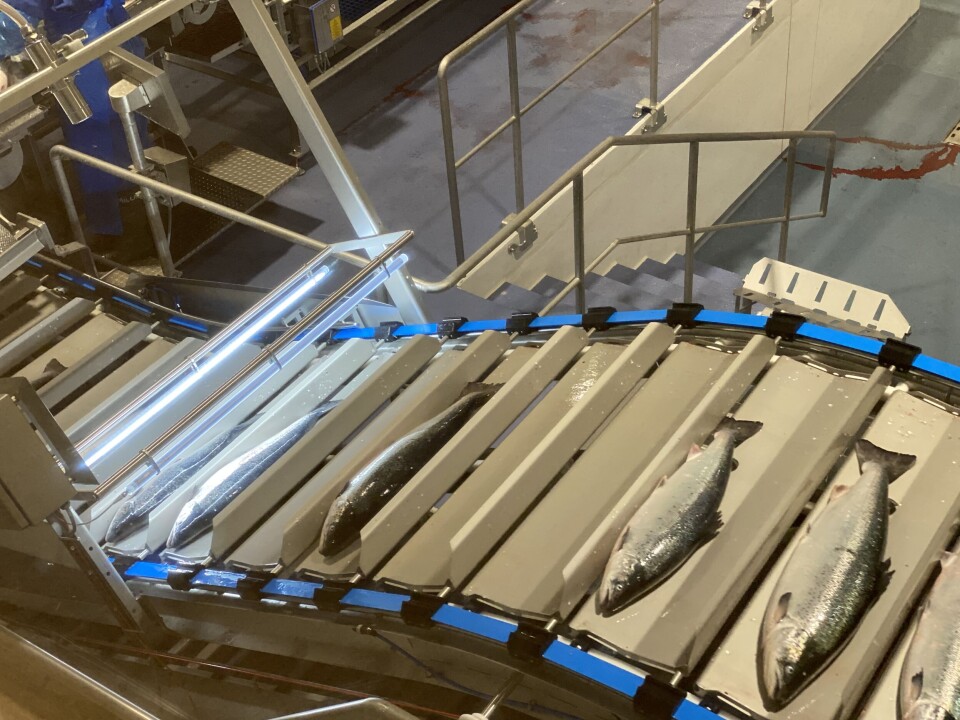
The contract for the construction of the new facility is worth NOK 673 million, and Nova Sea’s total investment is more than NOK 2 billion (£147m), the largest single investment in its history.
When the facility at Lovund on the coast of Helgeland is up and running, it will have the capacity to harvest around 100,000 tonnes of salmon a year – twice as much as today. In 2024, the volume was close to 50,000 tonnes.
The plant is scheduled to be operational in the summer of 2026, with full production from the beginning of 2027.
